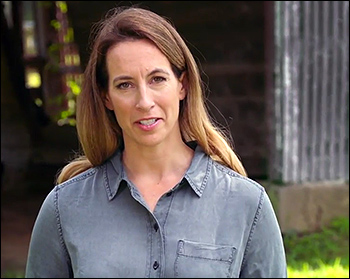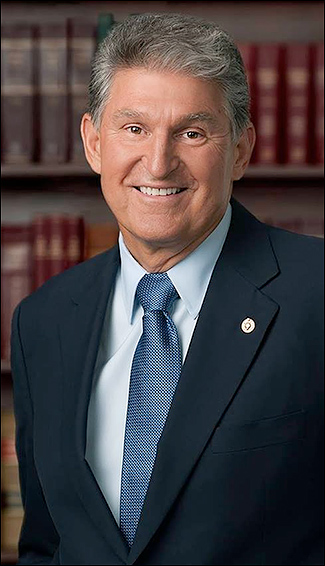By Jim Ellis

Michael Cloud (R) | Photo from campaign ad
Former Rep. Blake Farenthold (R-Corpus Christi) is one of several members to be forced from office because of sexual harassment allegations. Already announcing that he would not seek re-election because of a settlement reached with a female employee that was financed through the special congressional taxpayer funded account created years ago to settle internal employee relations incidents, Farenthold then quickly resigned from Congress when it became apparent that the House Ethics Committee was going to fully investigate his situation.
Rep. Farenthold’s exit meant the committee would no longer have jurisdiction to consider an ethics complaint because the incumbent’s mid-term departure meant the committee could not pursue a private citizen.
Under Texas election law, Gov. Greg Abbott (R) was forced to quickly call a special election to fill the balance of the term. His state’s vacancy procedure did not afford him the opportunity of making the special election concurrent with the regular vote as Govs. Rick Snyder (R-MI) and Andrew Cuomo (D-NY) did when House members in their states resigned (Rep. John Conyers, D-MI) or suddenly passed away (Rep. Louise Slaughter, D-NY).






